How to become an entrepreneur in the legal sector
What makes a legal project work and others not? How to turn a professional idea into a solid business model, with structure, clients and financial viability? And, above all, how to practice independently without compromising the deontological principles of the legal profession? These and other questions are answered in the ICAM Survival Guide for Entrepreneurship in the Legal Sector, a publication promoted by the Bar Association of Madrid (ICAM) within the framework of its Young Lawyers Impulse Plan.
“The legal profession is undergoing an accelerated transformation, driven by innovation, technology and new business models. In this context, entrepreneurship is not just an option, but a key attitude for those who aspire to lead change and provide real solutions. With this guide, we want to offer young lawyers a practical basis for making decisions with criteria, structuring their projects and practicing with a vision of the future,” says Eugenio Ribón, dean of the Madrid Bar Association.
ICAM Survival Guide for Entrepreneurship in the Legal Sector
From the design of the business model to the presentation of the service to investors or the attraction of clients, the publication unpacks the keys to building a professional alternative in tune with the changes that are already redefining the practice of the legal profession.
With more than 14,200 members under the age of 35 -19% of ICAM’s census-, young lawyers in Madrid are showing a growing interest in independent practice, as demonstrated by the full capacity of the first legal entrepreneurship festival, EMPRENdayMIENTO, which will be held this Friday at the association’s headquarters and at which the guide will be officially presented.
“More and more young lawyers are looking to practice with autonomy, purpose and flexibility, but many still face the fear of error as the main barrier. This guide is born to dismantle that fear, offer a solid structure and foster a culture where entrepreneurship is a legitimate and viable way of practicing law,” said Gabriel Rodríguez Leva, deputy responsible for Young Lawyers at ICAM.
Throughout its ten chapters, the guide takes a practical approach to strategic planning, operational structure, financial management, brand building and regulatory compliance as essential pillars for shaping a legal project that is both viable and solvent. But before building, it is important to know what to avoid.
Mistakes when starting a business
Choosing partners based on personal affinity, launching a service without validating whether there is real demand or assuming that with a website you already have a brand. These mistakes, common in many emerging legal projects, can compromise economic viability, erode professional reputation or lead to tax contingencies that are difficult to reverse.
The guide dedicates a specific chapter to these structural failures. Among the most frequent: poorly planned alliances, lack of financial foresight, underestimation of costs, neglected brand image, delays in complying with tax obligations or operational overload by trying to assume all the project’s functions without support. Each of these is accompanied by concrete solutions, tools and structures for prevention.
Deciding on the model
Much of the content focuses on structuring the business model. The guide proposes a specific methodology for the legal sector: defining the value proposition, segmenting the target customer, analyzing the competition and designing a sustainable revenue system. Modalities such as subscription, boutique firms or digitized legal services are detailed.
Financial planning is presented as a tool for control and sustainability. Thus, the most common sources of financing in the initial stages, the tax obligations linked to each legal form and the resources available to keep an orderly accounting from the beginning are explained. It also addresses the criteria for choosing the most appropriate legal form -self-employed, SL, SLNE, SA-, assessing taxation, asset protection, perception before third parties and future scalability.
In collective projects, the guide analyzes the partners’ agreement as an instrument of stability and foresight, explaining the most relevant clauses, from permanence to information rights or exit conditions, with practical diagrams and warnings against the use of generic templates.
Brand, pitch, startup culture and deontology
The document devotes another block to the construction of a coherent professional identity. Naming, design, tone, digital presence and brand registration are all part of an integrated approach, evaluated through a checklist aimed at ensuring that the brand projects the desired values and fits the target audience.
The chapter on pitching provides a roadmap for presenting the project clearly and effectively to clients, investors or collaborators. It describes the different formats and details the content needed to explain precisely what is being offered, who it is aimed at, how it is financed and what makes it different.
The guide also introduces concepts of startup culture and agile methodologies applied to law, from the logic of the minimum viable product (MVP) to continuous validation or rapid iteration. Not as a fad, but as a way of structuring viable legal services in very specific niches or with limited resources.
And all of this is articulated with an essential component: compliance with deontological obligations. Over the course of several pages, the Code of Ethics is translated into current contexts – network advertising, digital platforms, protection of professional secrecy, independence from investment partners – and practical mechanisms are proposed to guarantee ethical rigor in new environments.
From theory to practice
The final part of the guide descends into the practical field: when to take the plunge, how to choose a space, how to attract the first clients, which digital tools to implement or how to organize time without losing efficiency. A personal and financial readiness test is offered, and criteria are provided for maintaining motivation, managing expectations and sustaining the project beyond the first year.
“Entrepreneurship is a way to design your own professional path in a fast-changing environment that demands more than ever the ability to adapt,” concludes Celia Herrero, coordinator of Abogacía Joven ICAM and president of the Professional Initiation Section of the Bar Association. “From Abogacía Joven ICAM we want to accompany this process, offer useful tools and provide real answers to the questions that many young lawyers ask us on a daily basis: how to start, how to differentiate themselves and how to maintain their ethical commitment in every decision. This guide was created precisely for that purpose,” he says.












